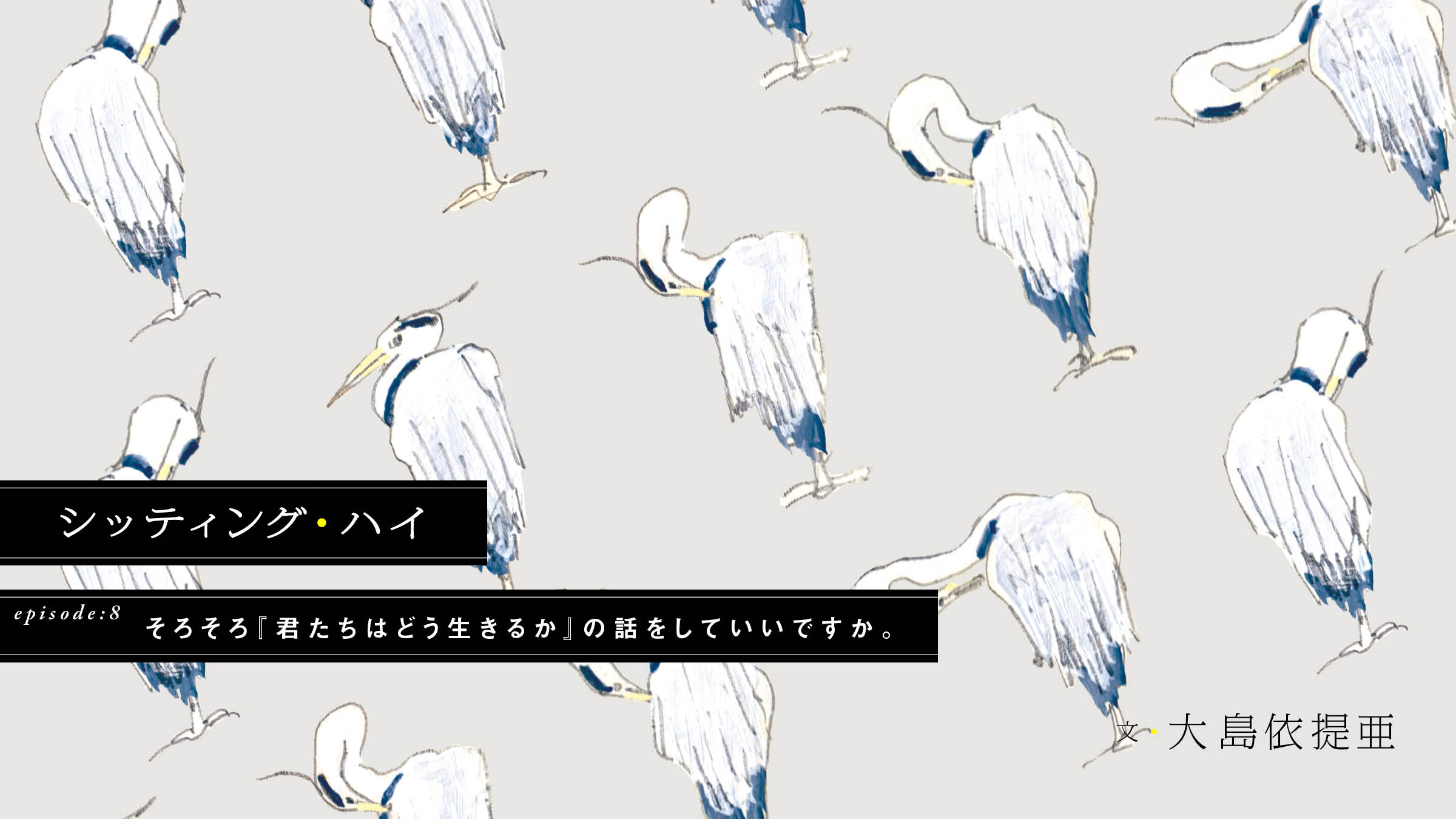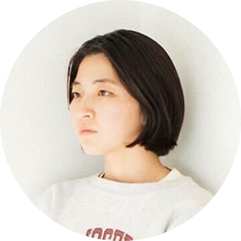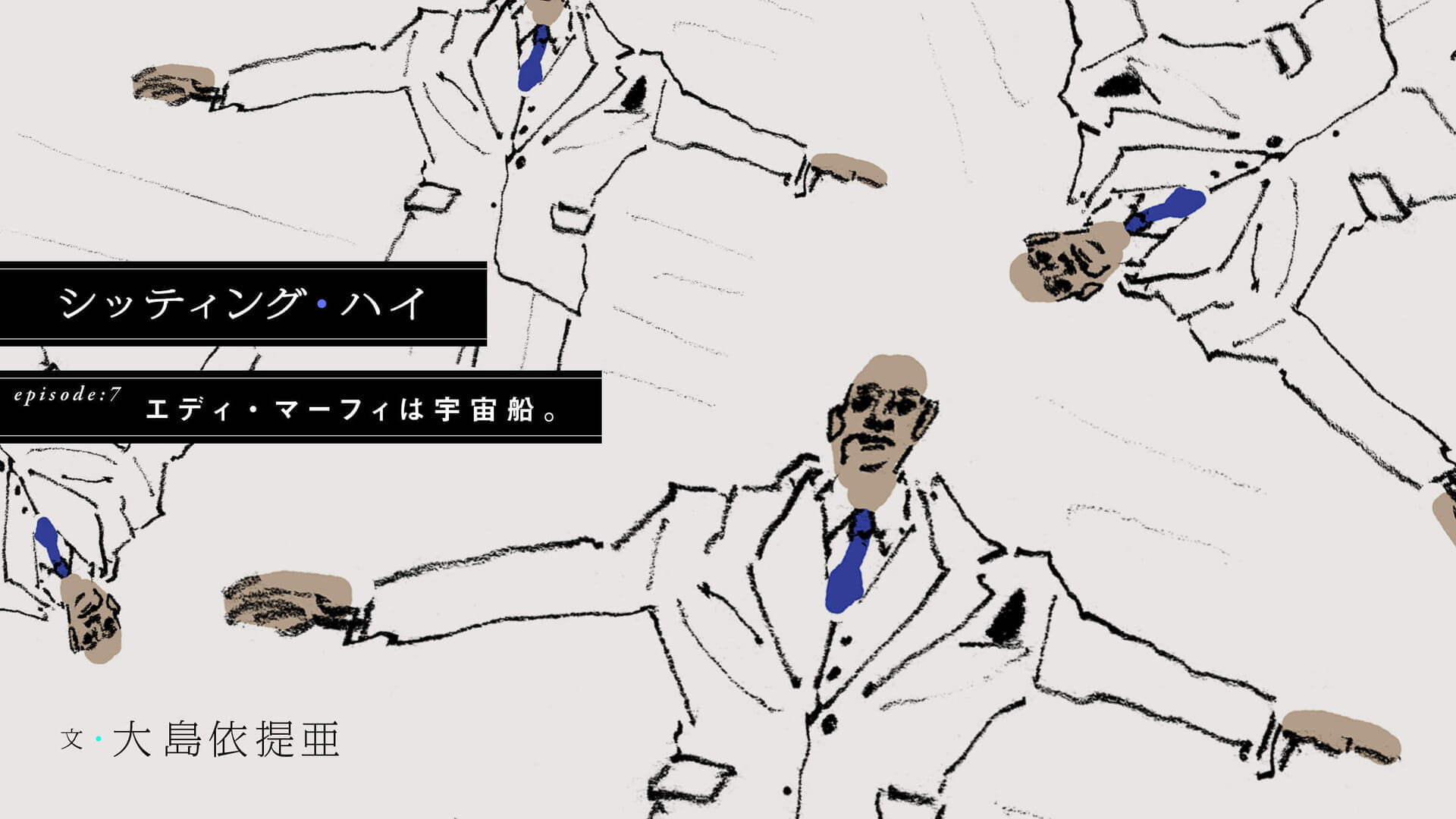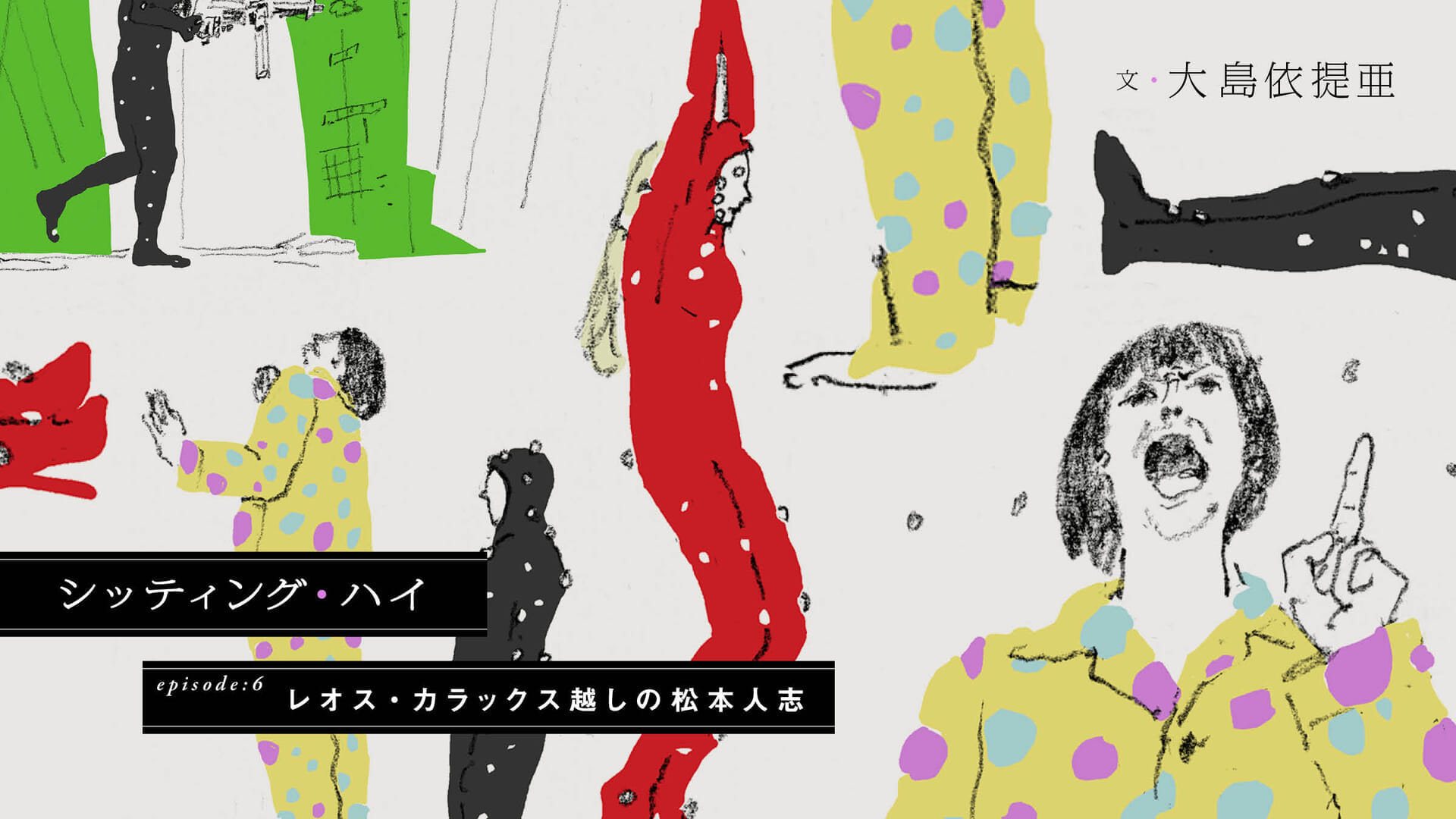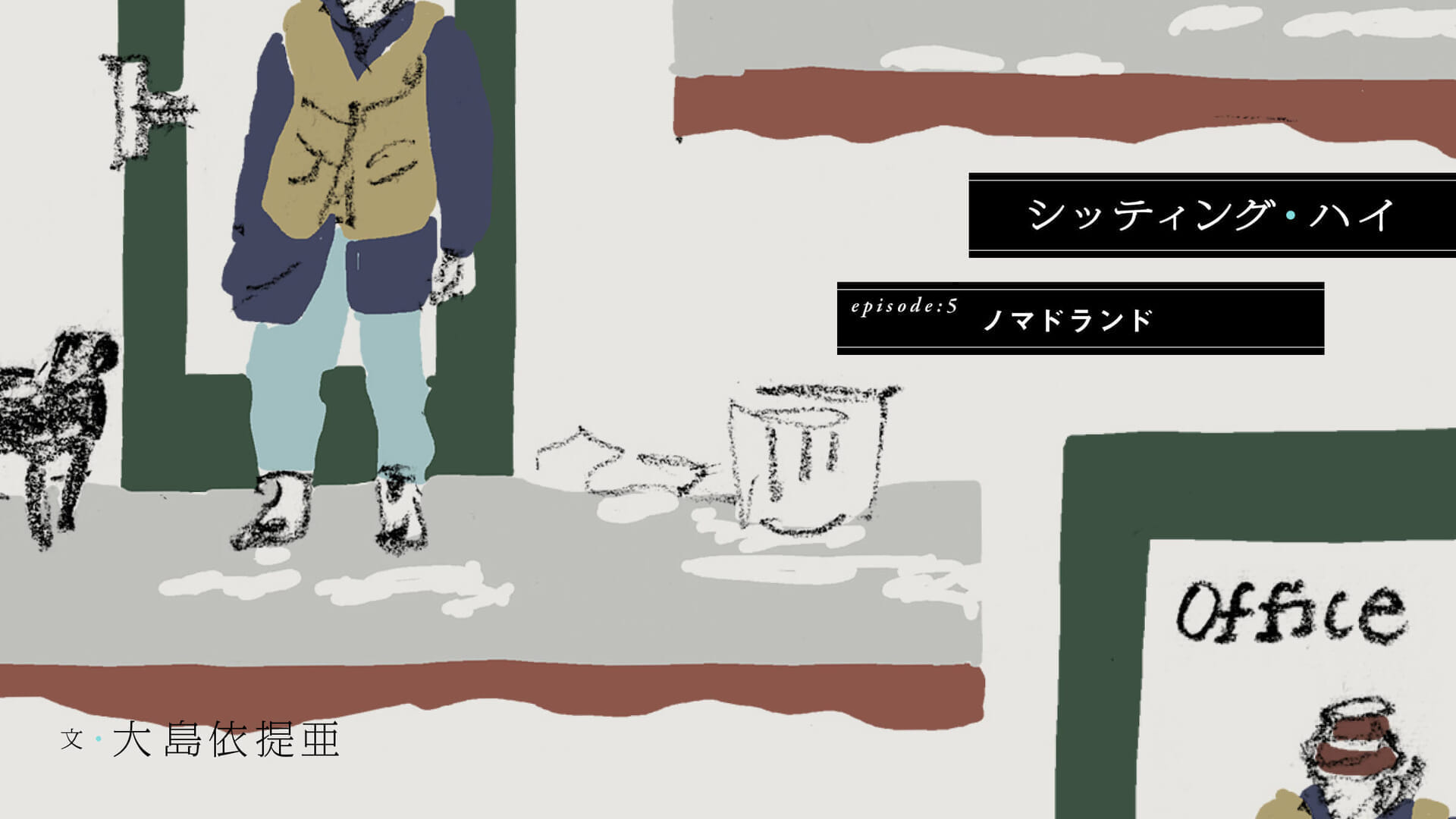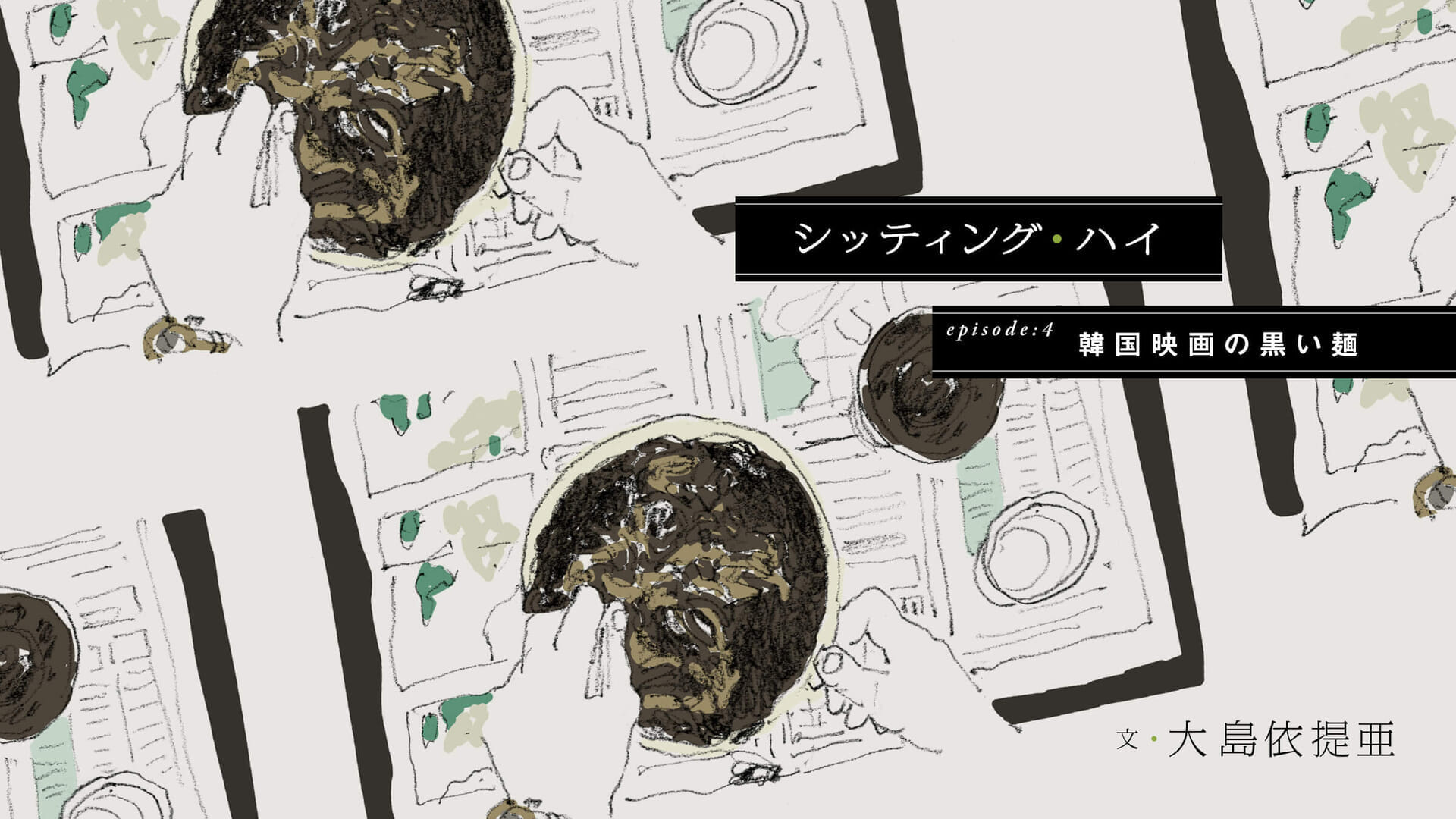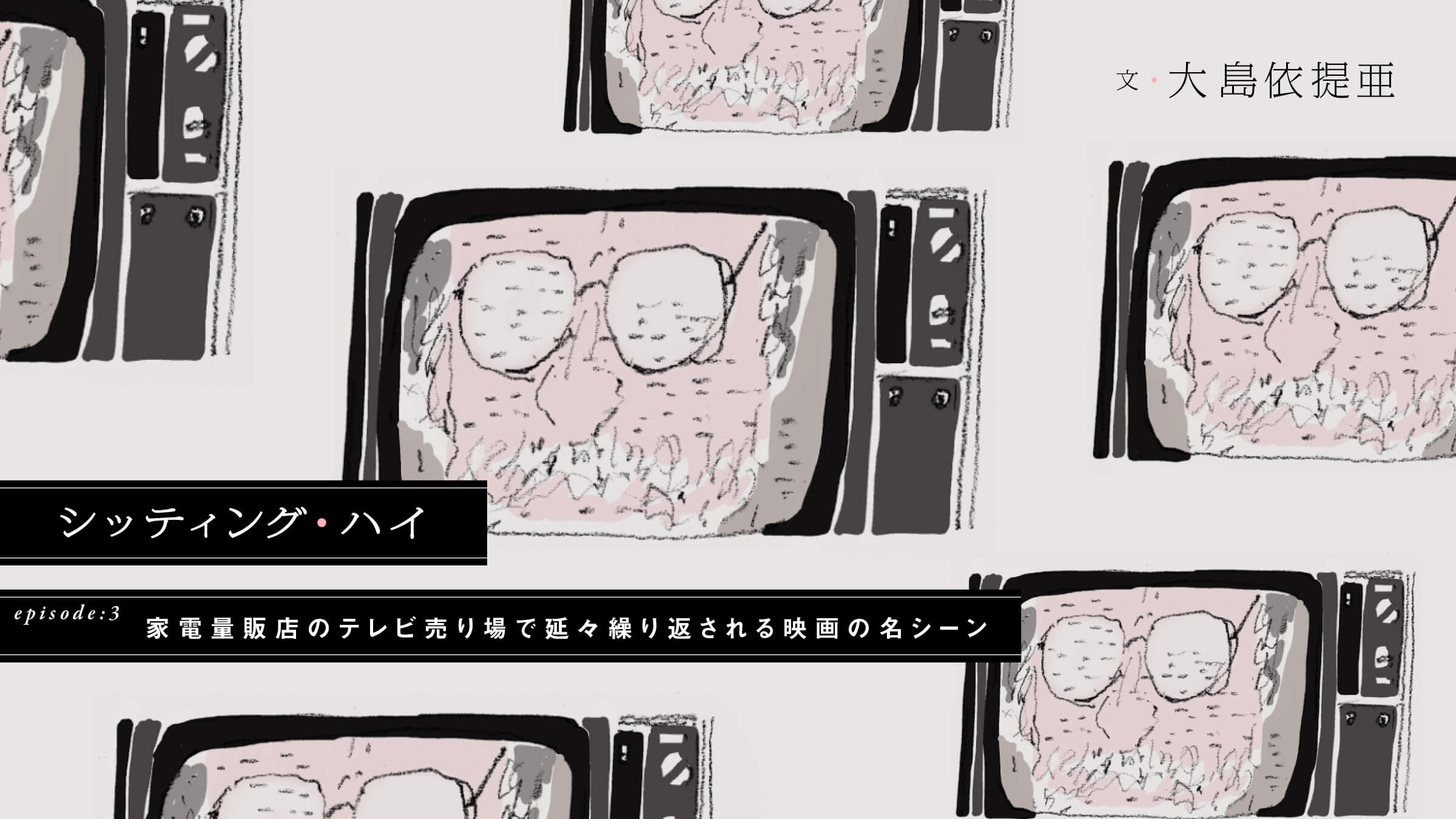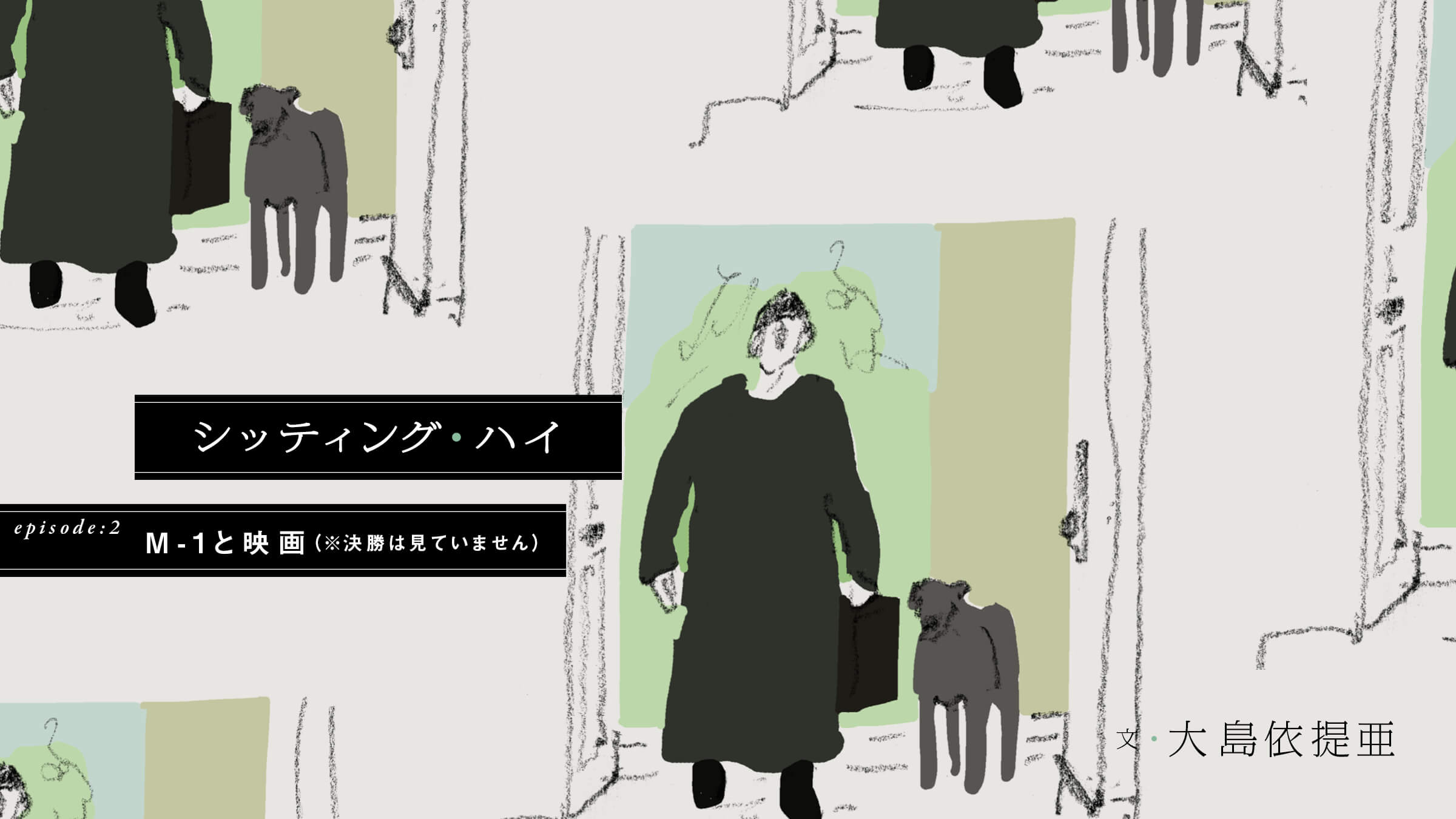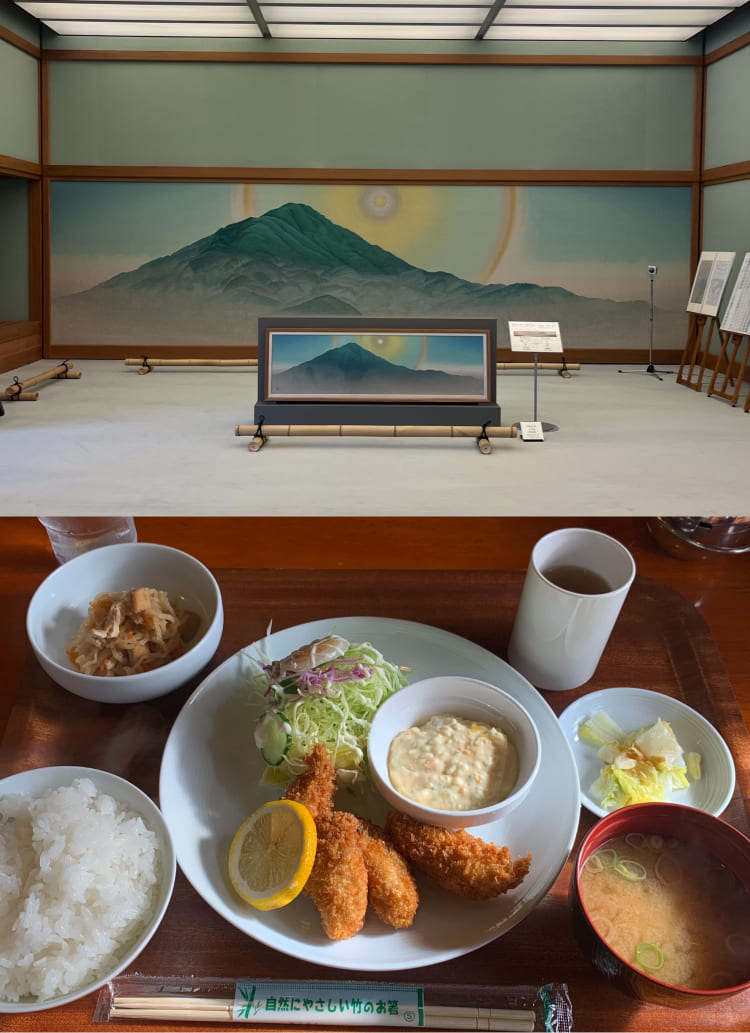episode.8 Can we talk about "How Do You Live?" soon?
It is more of a will than a strategy.
Six years have passed since Hayao Miyazaki withdrew his retirement announcement. Now the film has finally seen the light of day. After the film's release, there has of course been a lot of discussion and criticism of the film, but what has drawn the most attention is its advertising method of shutting out all information about the film. The man behind it all was producer Toshio Suzuki, who has worked closely with Hayao Miyazaki for a long time.
Mr. Suzuki's brilliant strategy...I mean, it's already a strategy, or rather, a will, in his advertising approach this time. I felt that will firmly, and I think that this film is more like the culmination of Toshio Suzuki's work than the culmination of Hayao Miyazaki's work. The reason being, this development of not running any advertisements at all, you would have to be very well versed in the current environment of SNS and YouTube to develop a strategy that fits this, wouldn't you? (I think that Toshio Suzuki (who is said to have no SNS account) might actually have an SNS account behind the scenes (laughs).
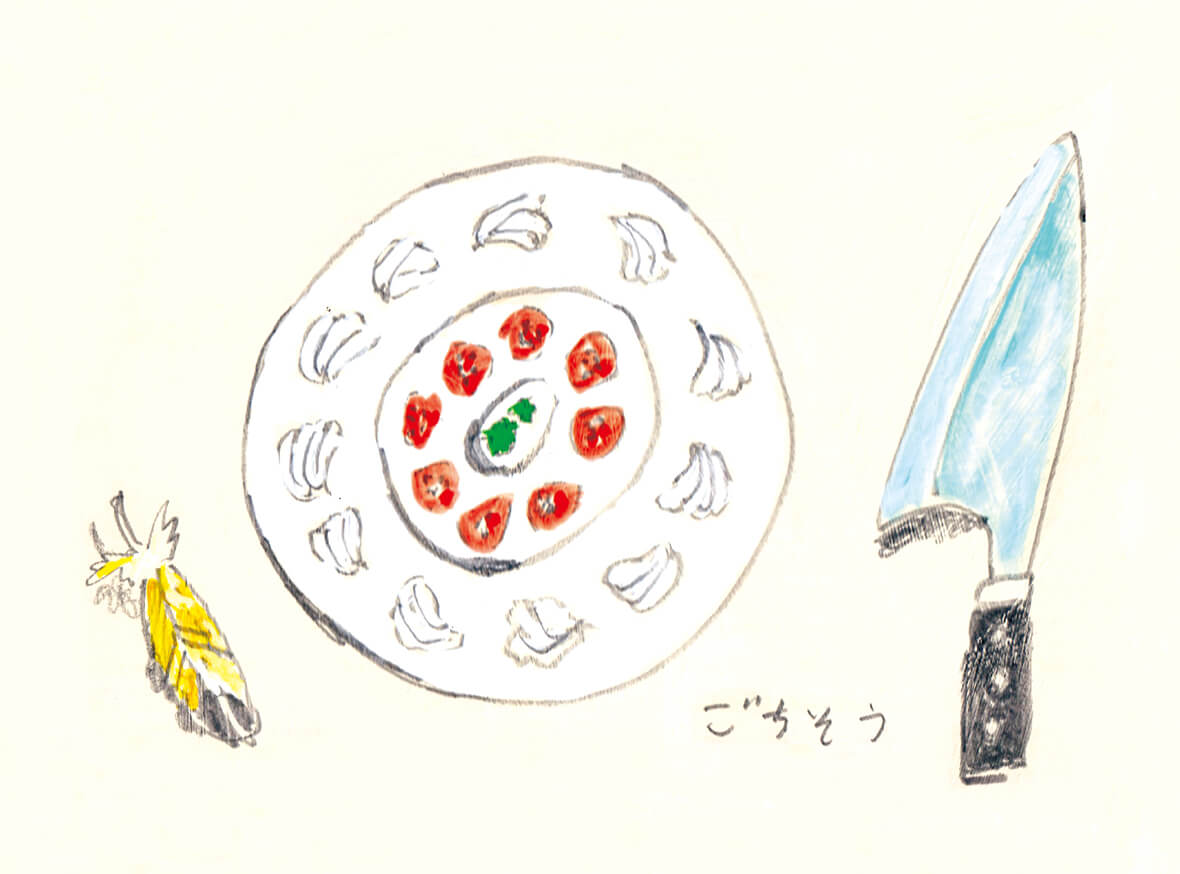
Mr. Oshima himself followed this approach, consciously and carefully eliminating impressions and reviews on social networking sites before viewing this film for the first time.
When it comes to a controversial work, let alone one directed by Miyazaki, there are a lot of thoughts and impressions from both experts and amateurs alike. You are surrounded by such prey. I personally feel that films and other cultural elements are simply being consumed and swept away by impressions and opinions, without regard to the quality of the work. I don't know to what extent Mr. Suzuki was aware of this sense of crisis, but when I looked at his works, I felt a sense of the times that he rejects such criticism.
Oshima-san's favorite Ghibli film.
Now, before we get to the critique of this film, I would like to first clarify that Mr. Oshima is not a "fanatical follower" of Ghibli.
I think Laputa (released in 1986) was the first Ghibli film I saw in real time. What is this? It's interesting! Then I went back and watched Nausicaa and Cagliostro's Castle, and I was hooked. However, I don't mean to offend those who like them, but I started to wonder what was going on around Totoro. And. The straightforward storyline was like a picture book, and I felt it was a little too much for me. The Witch's Delivery Service, with its completely different color design, and Princess Mononoke, Red Pig, just didn't do it for me. Then, after a while, I saw Spirited Away, and it was really crazy! And"
So, what is the best Ghibli film, as is often discussed?
For Miyazaki, it's 'Howl's Moving Castle. For Takahata, it's 'Hohokekyo, My Neighbor Yamada-kun.
Yes, Oshima-san's tastes are a bit unusual.
They are outside the methodology of animation.
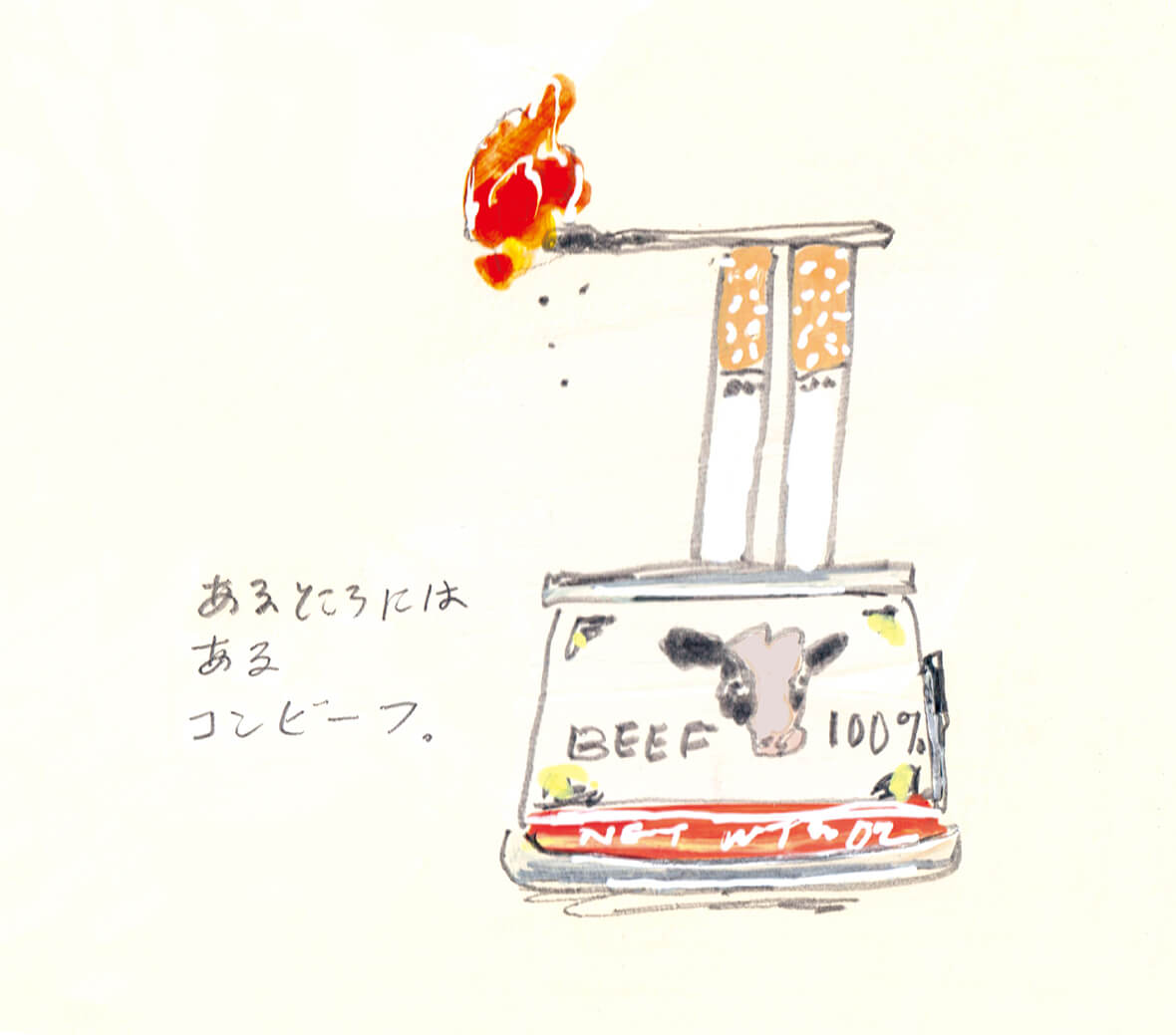
Before this interview, Mr. Oshima had watched this film twice, having deepened his own understanding of the work by avoiding as much as possible exposure to street discussions and reviews. So, how was it really?
Miyazaki's films are animations shot in sequence without a script. This means that he creates his films with something different from efficiency or animation methodology...rhythm and breathing. In terms of the rhythm of the images, this film does not have a comfortable rhythm. It's not very pleasant, or the rhythm is a little strange. But it is very interesting.
One of the differences between live-action films and animation is that live-action films feature real actors, while animation can be simplified and depicted more efficiently. For example, in animation, the sequence of a person entering and sitting down in a room is not just cut and pasted, but parts of the sequence can be quickly and efficiently paced. But even there, I felt that the film dared to introduce a sense of in-betweenness.
For example, I don't think this is a spoiler, but there is a scene where the main character goes to visit his mother in her room, and the series of scenes where he enters the room from the hallway, walks to the front, turns to the side, and walks to her bed in the back is very long. It is not necessary for the story, so it should be omitted, right? I think this kind of time line is a rare expression from Miyazaki's past works. Therefore, I think it is inevitable that there are many people who find the film longer than they can get into the story.
Animation slow and fast.
Miyazaki's works are famous for their unique fetishism. The obsessive, even paranoid, attention to detail in the depiction of fetishes is part of Miyazaki's auteuristic style. However, Mr. Oshima says that there has been a change in this area as well.
The balance between the elaborate animation and the slow and steady motion of the less-intensive parts was remarkable," he said. For example, the scene at the beginning where the main character has to run up the stairs to get to the hospital, or the scene where the weight of a person is transmitted to a rickshaw, are so well-drawn that they are unpleasant in a good way (laughs). However, in the scene where the heron walks, there were some scenes that would have been depicted more smoothly in the past, but were left out, and in the pull-out pictures, there was also a sense of being very out of place.
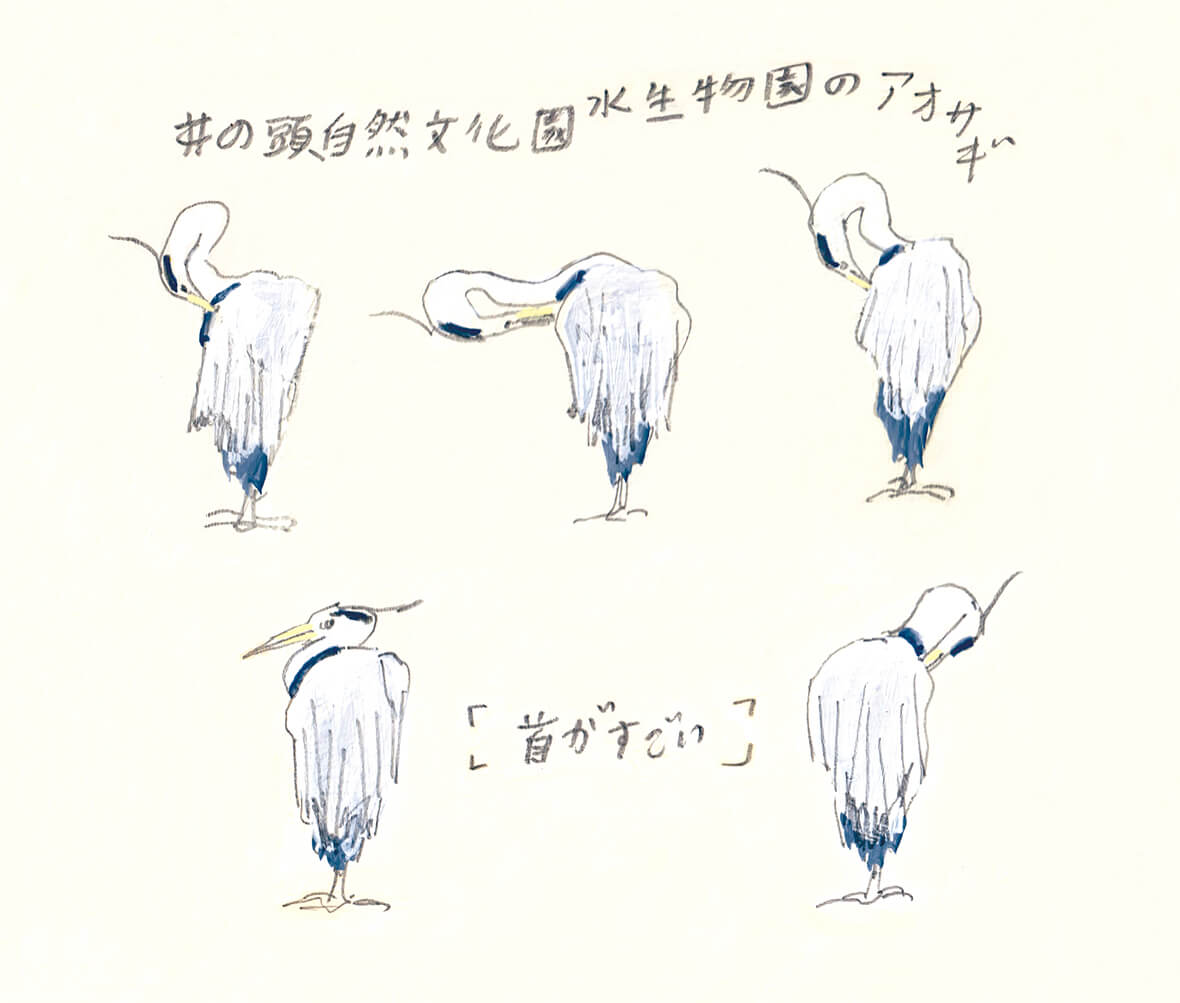
I thought that some people might say, "Mr. Miyazaki has grown old and lost control of everything," but I have a slightly different view. The thing about CG animation is that it is possible to create a precise picture in the same way. It is certainly beautiful to look at, but there is no sense of movement, and I get bored with the picture itself. There is no sense of surprise at any given moment.
I think that's why this work creates a unique tempo by mixing elaborate and omitted parts. Because it is precisely because there are scenes that have been left out that we notice the meticulously drawn parts and are surprised, right? That seemed to be particularly overemphasized this time around.
I teach at an illustration school, and there is a story that I often cite in my classes. Many students nowadays use computer graphics, but with computer graphics, you can draw the people near and behind in unlimited detail. With CG, you can draw the people near and behind in endless detail, but with hand-drawn images, the people behind are simply too small and must be omitted. I saw a documentary on the production of "Princess Mononoke," the first film in which CG was introduced to Ghibli, and Miyazaki explained that the animators drew all the characters in front and behind in great detail, and this lost the sense of perspective, so he emphasized the foreground by omitting the background, I feel this to be true when I teach at school.
Are you aware that "story does not equal film?"
Now, the film's unintelligible storyline...or, more accurately, what each scene, each character, and each event symbolizes, is sure to spur a post-viewing answer-answer and critique. I will not try to answer that question here. To focus only on that point would be to fail to accept the film's appeal.
I think that people who have liked Ghibli for a long time and who are bothered by the works from the 2000s onward are people who want to read the story very efficiently. I think Miyazaki lost interest in narrative long ago. When Spirited Away was shown on Friday Roadshow, I left the theater for an errand after watching the first part of the movie, and when I came back about an hour later, the baby had turned into a mouse, and all the characters had changed into something else. Even in the case of Howl, the young girl became a grandmother. In short, there is a pattern of the same character but with more and more metamorphoses, and we have abandoned the idea of seeing a consistent character as a single story.
Since that time, I have not been interested in drawing a straight story, and I think I have returned to the origins of animation, which is the mechanism of animation in which pictures move and change. I want to be faithful to the part of the story that is always changing. But that has been there since my early works, and while the story is very interesting, it is the details that make it fun, such as the scene where he climbs the stairs! I think this film is the one in which the interesting details that make the story so enjoyable have been expanded to a feature film. So I felt that Director Miyazaki was becoming very pure.
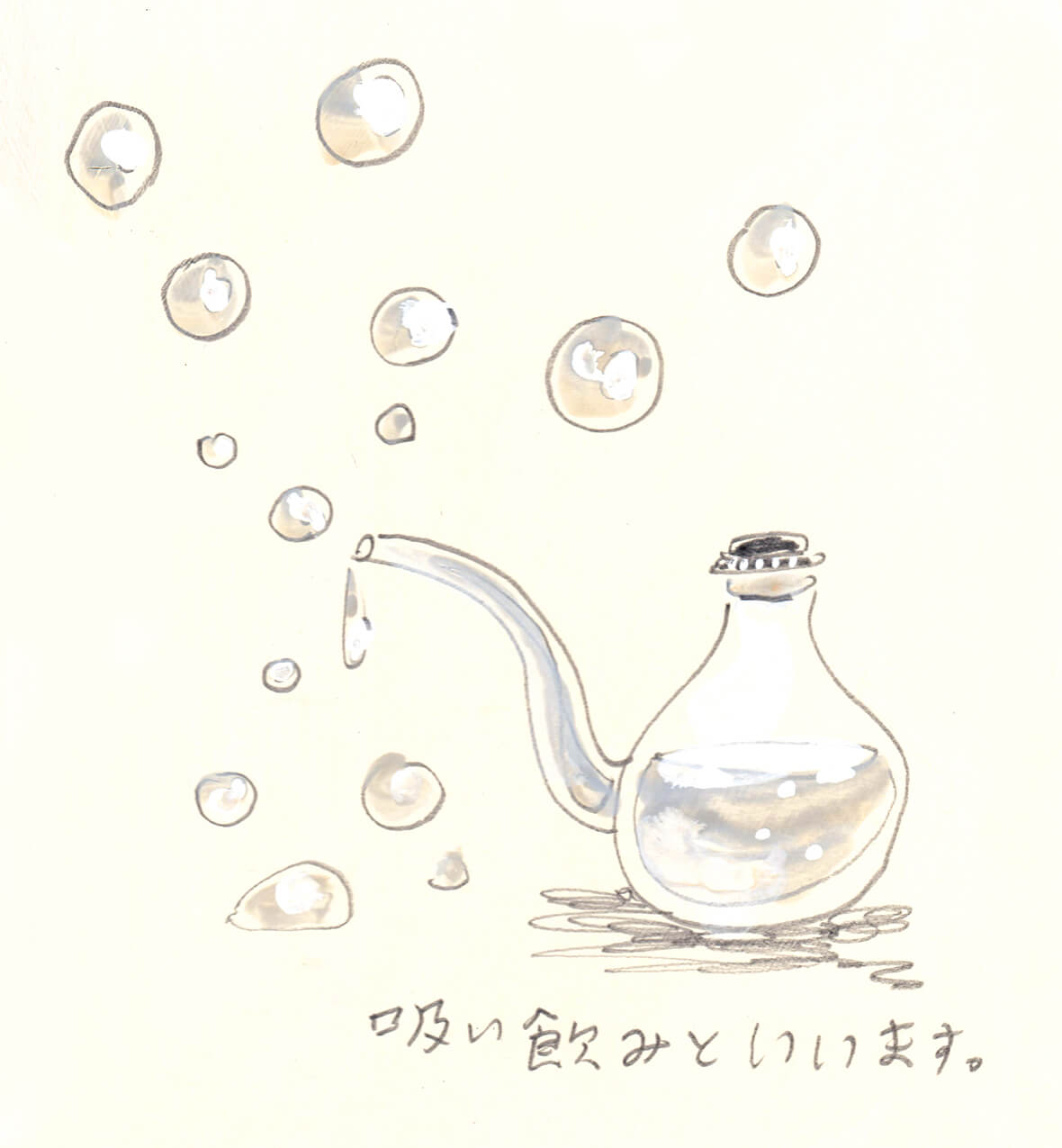
Perhaps it can be said that "old age makes you more and more prosperous. Oshima's view is that while the storyline is not simple and straightforward, at the same time, the work is not so self-satisfied that it leaves the audience in the dark.
Some people may call this film a highly artistic work, but I have not changed my stance of making films for the masses with a strong entertainment value. I have heard that some people say it is like Akira Kurosawa's "Dream" because it does not have much of a narrative and is incomprehensible, but it is not a poetic film at all. Whether one can understand it or not, it follows a story-like line, and I felt the spirit of making a film for the masses. It would be possible to make a film like this as entertainment and call it art, but to make a film like this without doing so is amazing..."
Have you noticed? This film, "How Do You Live?" is not officially labeled as Hayao Miyazaki's last film. I hope that this hope, which is akin to a prayer, will come true, as Mr. Oshima said, "I wonder if I can make five more films (laughs).
PROFILE

Born in Tochigi Prefecture, graduated from Tokyo Zokei University. He has been designing mainly graphics for movies, exhibition publicity materials, and books. Major works include "Paterson," "Midsummer," and "Tabi no Owari, Sekai no Hajimari" for films, "Shuntaro Tanikawa" and "Moomin" for exhibitions, and "Birds/Banana Yoshimoto" and "Small Boxes/Yoko Ogawa" for books.


